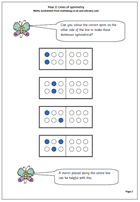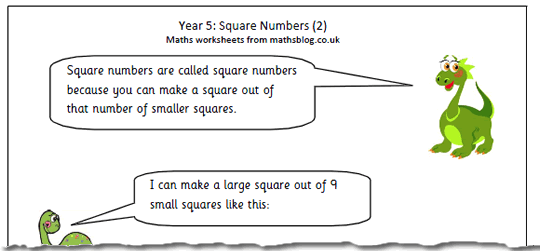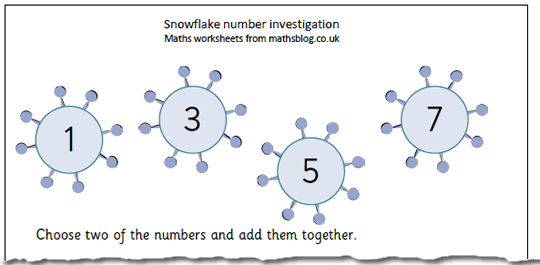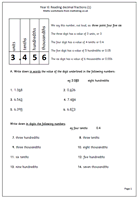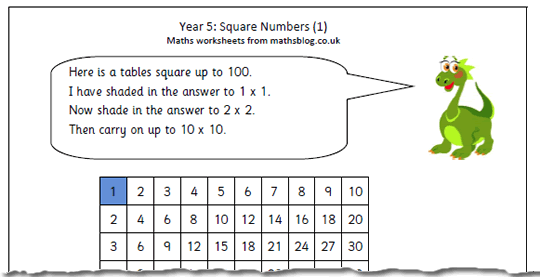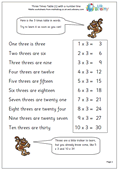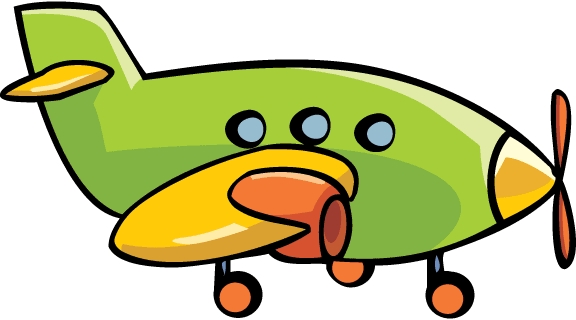 Next week we will have a slightly harder worksheet than the last one published on the three times table. This page does not have a number line to help and the questions are asked in different order eg 6 x 3 or 3 x 6. This could be used as a timed challenge for those who are gaining confidence in learning the table.
Next week we will have a slightly harder worksheet than the last one published on the three times table. This page does not have a number line to help and the questions are asked in different order eg 6 x 3 or 3 x 6. This could be used as a timed challenge for those who are gaining confidence in learning the table.
Also coming up soon a straightforward set of questions on dividing 2-digit numbers by ten, with remainders. It is aimed at children in Year 2 who are just getting to grips with division and know their ten times table. We will also be publishing a good revision worksheet on place value and the use of thousandths.
